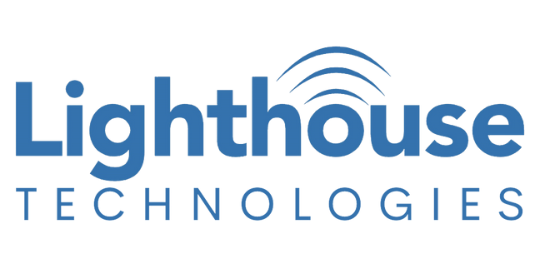Glossary of Terms
Defect– A defect is a bug or problem that is contained within a product, process or procedure.
Enterprise Resource Planning – Enterprise resource planning (ERP) is a system that is used to manage and coordinate all the resources, information, and functions of a business. Most ERPs are Commercial-off-the-Shelf (COTS) products that businesses purchase and may modify slightly (for example, add specific reports or interfaces) to satisfy the business needs.
Function Point – A function point is a unit of measurement to express the amount of business functionality an information system provides to a user. Function points are the units of measure used by the International Function Point User’s Group (IFPUG) Functional Size Measurement (FSM) method. The IFPUG FSM method is an International Standards Organization (ISO) recognized software testing metric, used to size an information system based on the functionality that is perceived by the user of the information system, independent of the technology used to implement the information system. Determining the number of function points in a system allows the software development and software testing organizations to establish more accurate schedule and cost estimates for the software development life cycle (SDLC). Functional user requirements are identified and categorized into one of five types: inputs; outputs; inquiries; internal files; or external interfaces.
Lifecycle – Lifecycle in the Information Technology (IT) world refers to the life of a product (goods or services). The typical lifecycle starts with the idea or concept phase and concludes with the retirement/close-out phase. There are many phases in a product’s software development life cycle (SDLC). Typical SDLC phases are conception, planning, requirements, design, software development, software testing, deployment, sustainment, and retirement. Depending on the product and the standards/regulations that apply to that product the numbers and types of phases may change, but the actual phases for the product should be established, documented, and planned for during the planning phase for each project.
Peer Review–A peer review is the process of subjecting an author’s work to the scrutiny of others who are peers, with similar knowledge and expertise in the same subject or field. Peer review requires a community of experts in a given (and often narrowly defined) field, who are qualified and able to perform an impartial review.
Project Management Professional – Project Management Professionals (PMP) is a certification given to project management personnel who have passed rigorous training and examination established by the Program Management Institute (PMI). PMP certification is a continuous process that requires certified personnel to participate and maintain a specific level of PMI defined activities within a specified timeframe to retain certification.
Quality Management System – A Quality Management System (e.g., software QMS) is the resources (people, processes and tools) needed to execute, management, and deliver a quality product (goods and/or services). A complete software QMS includes both software quality assurance and quality control (software QA and QC) activities.
Capability Maturity Model Integration (CMMI)– A software process improvement approach that helps organizations improve their performance. The CMMI model provides guidance for developing or improving processes to meet the goals of an organization.
CMMI Level 1 – “Initial,” Competent people and heroic – process is unpredictable, poorly controlled and reactive.
CMMI Level 2 – “Managed,” Basic project management – process characterized for projects and is often reactive.
CMMI Level 3 – “Defined,” Process standardization – process characterized for the organization and it proactive.
CMMI Level 4 – “Quantitatively Managed,” Quantitative management – process measured and controlled.
CMMI Level 5 – “Optimizing” Continuous process improvement – focus on software process improvement.





